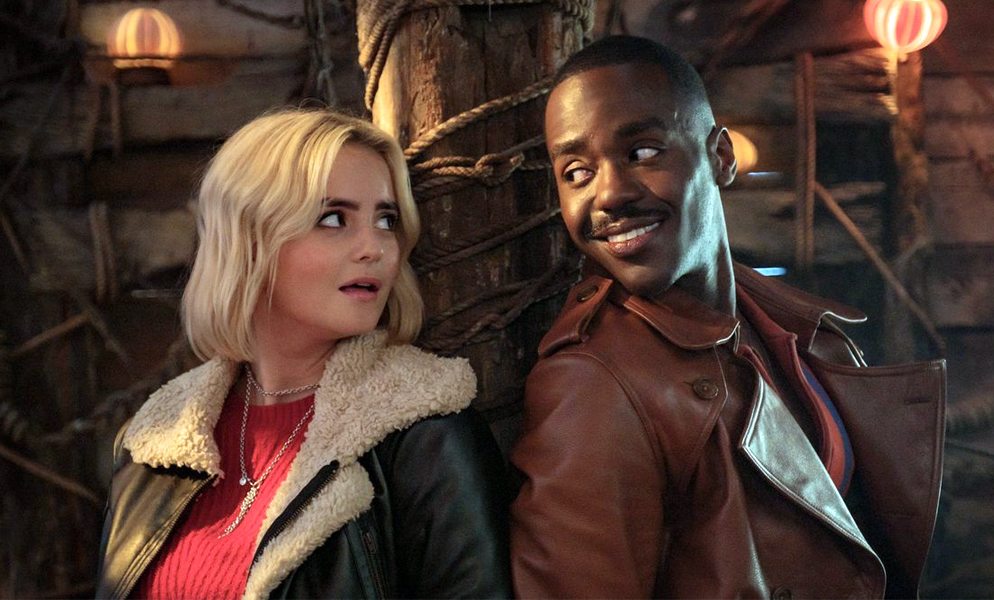As befits an MGM production put together under the powerful hands of old school director Mervyn Leroy, this is a big film and arguably the most quintessential Roman epic ever made. As usual with these things the lead players, Robert Taylor and Deborah Kerr, are the least interesting persons on screen, dwarfed by the likes of Peter Ustinov as demented Emperor Nero and Finlay Currie as Paul (who hadn’t yet achieved the headline billing of Saint Paul). In turn, those great talents struggled to avoid being themselves dwarfed by the epic sets constructed to recreate a Rome that existed primarily in the minds of excitable production designers. The usual technical difficulties associated with large-scale film production took place, of course. Professional heavyweight boxer Buddy Baer, playing Ursus the particularly hefty convert to Christianity, was required at one stage to wrestle with a bull in the gladiatorial ring. Realising this might not be such a good idea safety wise, a heavily sedated cow with udders strategically hidden was drafted in to take the fall, despite the inevitable detrimental consequences to any aspirations to realism (a lesson the producers of The Robe (1953) would have done well to keep in mind when arranging for Victor Mature to tussle with giant cuddly lions). Sadly the look of a pathetically mooing creature being set about by a veritable giant of a man merely made Baer look a right sod. Exit sympathy for the nascent Christian cause, enter much unwelcome hilarity. Elsewhere, Ustinov’s performance as Nero really is astonishing and the Oscar nominatination that came from it was well deserved. All throughout it is easy to see in Pete’s swivelling eyes and maniacal chanting that Mervyn Leroy’s motivational description of Nero as ‘A man who plays with himself nights’ was never far from his mind. But others among the cast are worth looking at too, especially the great Felix Aylmer and the wonderfully stiff D A Clarke-Smith as toga-bound supporting players Plautius and Phaon. Long before their involvement here these two old pros, formerly great friends, had fallen out over a misunderstanding to do with Clarke-Smith’s wife and Aylmer’s cottage. Until they began to co-operate indirectly on set over the Times crossword, using Ustinov as a sort of peacekeeping lexicographical cipher, they hadn’t spoken for years.

















